On June 23, 2022, a ceremony at Air Base 115 in Orange saw the French Air and Space Force bid farewell to the final Mirage 2000C. The aircraft was the “legacy” variant of the Mirage 2000, which had been in service for almost 40 years and had logged more than 235,000 flight hours.
The last unit to use the aircraft, the Escadron de Chasse 2/5 or EC 2/5, known as “Ile de France,” was also disbanded with the retirement of its Mirage-2000C fighter jets. However, it is expected to re-equip with the newer ‘4+ generation’ Rafale fighters in 2024.
The ‘Ile de France’ was the first fighter squadron created by General de Gaulle on British soil in 1940 and only the last frontline unit to operate the fleet of Mirage-2000C, which was primarily an air defense fighter.
One of EC 2/5’s Mirage-2000C was painted in a unique retirement scheme of black and silver, with “Mission Accomplished” labels on the trailing edges of the traditional delta wing.
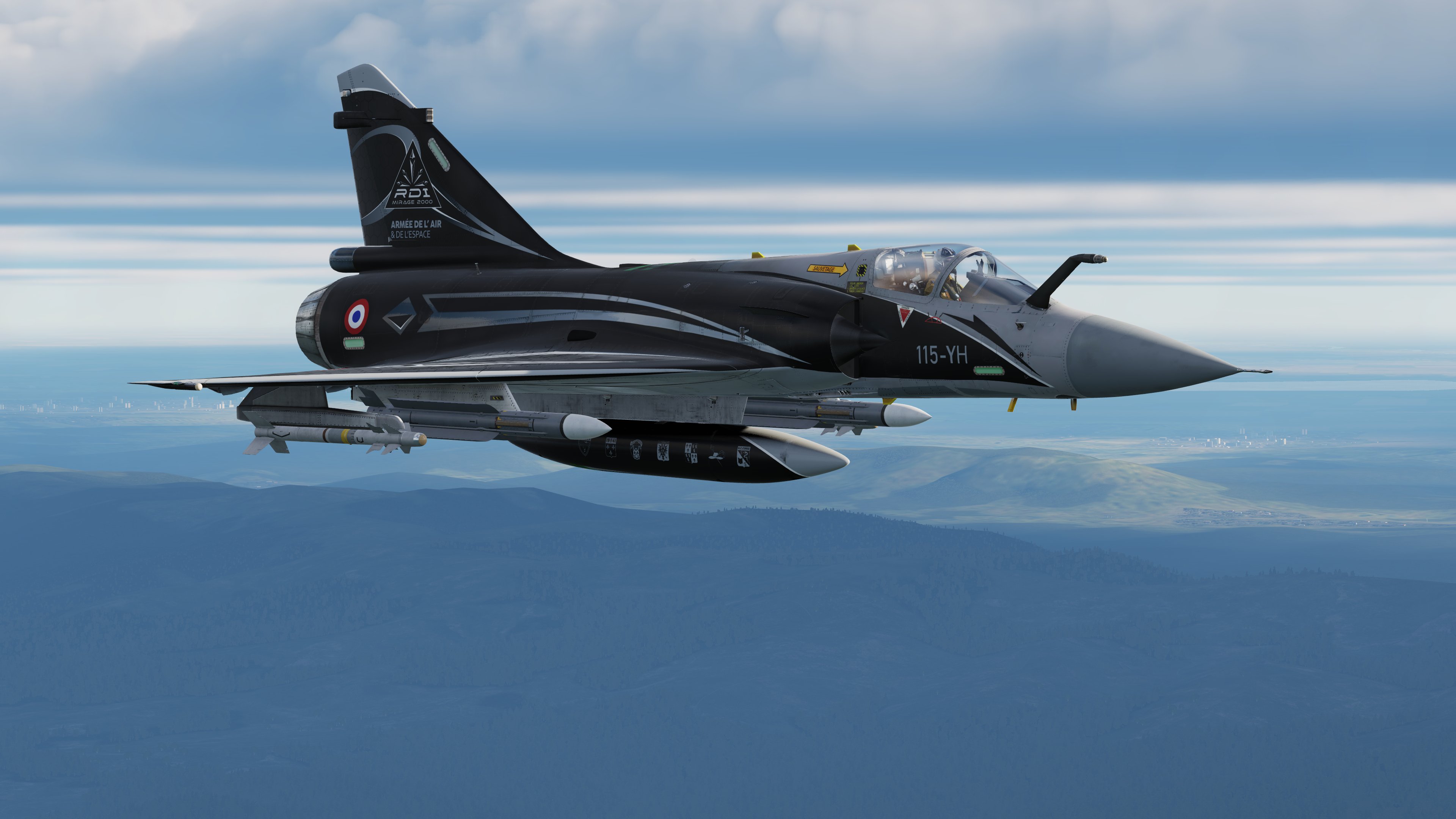
This aircraft participated in an “elephant walk” on the runway at the squadron’s Orange-Caritat base in the south of France earlier this month, along with another jet decorated to honor the squadron’s 80th-anniversary last year.
The ‘Ile de France’ jets performed missions as part of France’s air defense network in addition to training exercises and maintained a round-the-clock quick reaction alert (QRA) role until the very end. On June 9, one such sortie—defending France’s southeasterly airspace- marked its last mission.
There were many voices across the board that considered the aircraft to be obsolete quite some time ago. The majority of that flying in the last year was used to train new pilots for more sophisticated and efficient Mirage 2000-5F air defense fighters and the accompanying Mirage 2000D conventionally armed strike aircraft.
Battle-Hardened Mirage 2000C
The Mirage 2000C undertook escort missions for attack and reconnaissance packages over Kuwait and southern Iraq during Operation Desert Shield and Desert Storm in 1990–1991, before making its combat debut during combat air patrols over Saudi Arabia.
Later combat deployments brought the Mirage 2000C aircraft back to the Persian Gulf to strengthen the no-fly zone established by Operation Southern Watch.
They also took part in Operation Deny Flight in response to the Balkans conflict. The Mirage 2000C aircraft taking part in the air policing operations over Bosnia and Herzegovina conducted combat air patrols and delivered unguided bombs for the first time in a hostile environment.
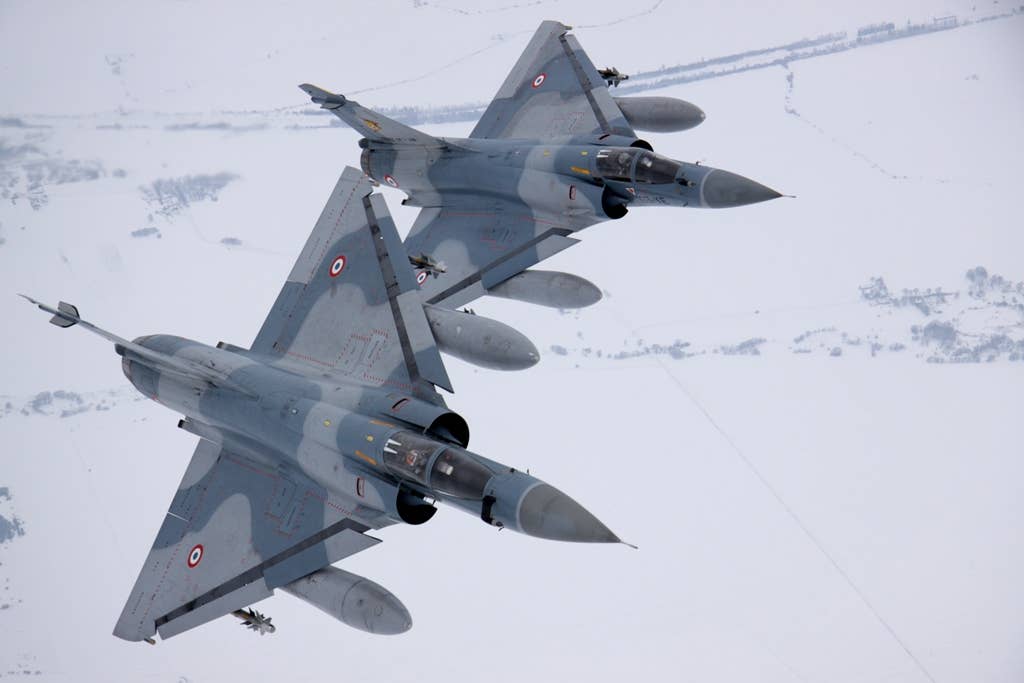
Mirage 2000Cs from parts of Europe were deployed to Lithuania three times for NATO’s Baltic Air Policing operation in the region. Despite being less well-equipped for close air support missions, the Mirage 2000C was also used to support French military operations in the Sahel region of Africa.
As part of Operation Barkhane, Mirage 2000Cs flew missions in air defense and launched GBU-12 attacks against nearby Islamist terrorist organizations while strafing from Niger.
Other missions were carried out outside the French mainland, such as detachments in French Guiana, where the Mirage 2000Cs helped create a no-fly zone over the local space center during space launches.
Paled In Comparison To Competitors
When it originally entered service with the then-French Air Force, the Mirage-2000C was among the most potent fighters in Europe. It possessed modern technologies such as fly-by-wire (FBW) control technology coupled with an aerodynamic layout that maximized a high level of agility and superb handling.
Having a radar-guided missile at the time allowed the Mirage 2000C to join a small group of aircraft with that feature. The F-16s didn’t receive their AMRAAM until much later. At the time, electronic warfare devices that were wholly internal were another novelty of the Mirage 2000C.
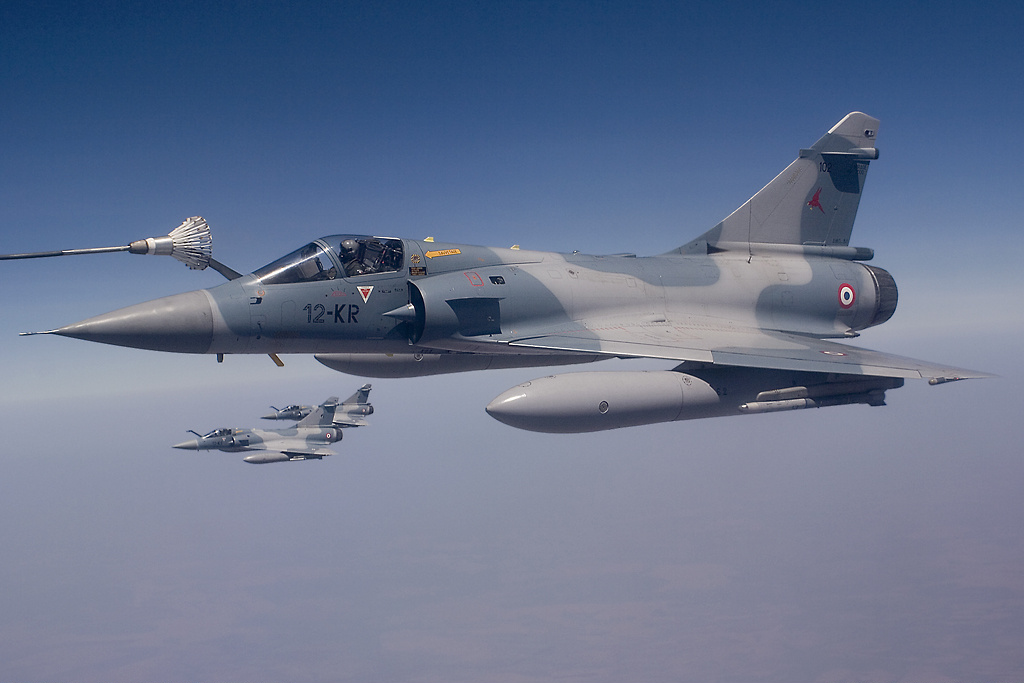
The first Mirage 2000Cs were delivered in series to the French Air Force in 1983 and entered service the following year. France received 124 single-seat Mirage 2000Cs and 30 two-seat Mirage 2000Bs.
During the aircraft’s heyday, nine distinct squadrons that flew the Mirage 2000C were stationed at three French air bases.
In the 1980s and 1990s, the Mirage 2000 had little competition among non-American and non-Soviet fourth-generation fighters in terms of performance. However, it was still regarded as less capable than its closest competitors from the two superpowers, the American F-16 and Soviet MiG-29.
The F-16 had an extraordinary overall flight performance than the Mirage and would easily outperform it in export markets. It was also less expensive and employed a much more powerful engine.
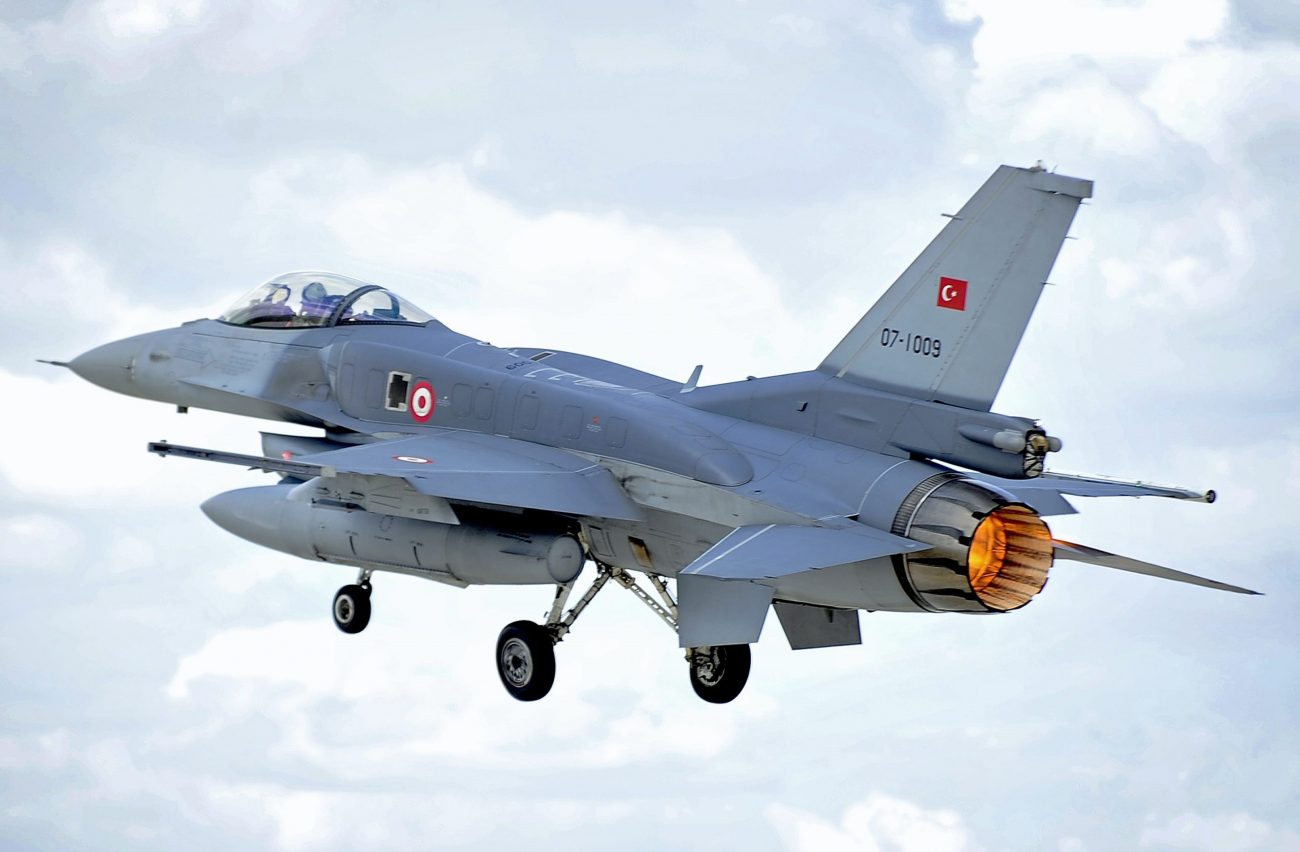
The main drawback of the Mirage 2000 was that, in contrast to the United States or Russia, which would significantly offer choices to modernize their corresponding aircraft, its possibilities for the upgrade had been minimal, causing the aircraft to be regarded obsolete far earlier.
Despite being tasked with air defense responsibilities, the last Mirage 2000C squadron to leave service was one of the world’s least impressive air-to-air fighter units.
The fighters were only equipped with Magic II short-range heat-seeking air-to-air missiles, which meant they could not operate beyond visual range. On the contrary, the updated F-16 variants are fitted with AIM-120D radar-guided missiles with 160–180 kilometer ranges.
The French squadron’s comparatively weak radars meant they would be very susceptible to jamming and in a vulnerable position to utilize standoff missiles, even with radar-guided weapons.
The Soviet Air Force introduced the first electronically scanned array radars for air-to-air combat in 1981, leaving the French force decades behind.
The initial 37 Mirage-2000C aircraft had the problematic RDM radar that was eventually merged with the Super 530F missile with semi-active radar homing and an interim M53-5 engine that produced about 19,800 pounds of power. However, later the aircraft switched to the RDI radar used by the upgraded, longer-range Super 530D missile and were powered by a more potent M53-P2 engine.
The Mirage 2000C had a fundamental disadvantage over most Western fighter planes and drones in that it was constantly restricted in its offensive missions by the absence of a targeting pod. It meant that a ground unit, a drone, or manned aircraft had to cue the GBU-12 onto the target.
India Using Mirage-2000s Despite Purchasing Rafales
In September 2021, media reports revealed that the Indian Air Force (IAF) plans to buy 24 second-hand Dassault Aviation Mirage 2000 fighters to supplement its aging inventory of fourth-generation soldiers and get spare parts for two current squadrons of the aircraft.
The IAF’s 35-year-old Mirage fleet, which performed well during the 2019 Balakot operation, is receiving a mid-life refurbishment.
The immediate need for 300 crucial spares was the catalyst for acquiring the used aircraft. It ignited a debate about procuring older and obsolete aircraft that have primarily been retired by most countries using them.
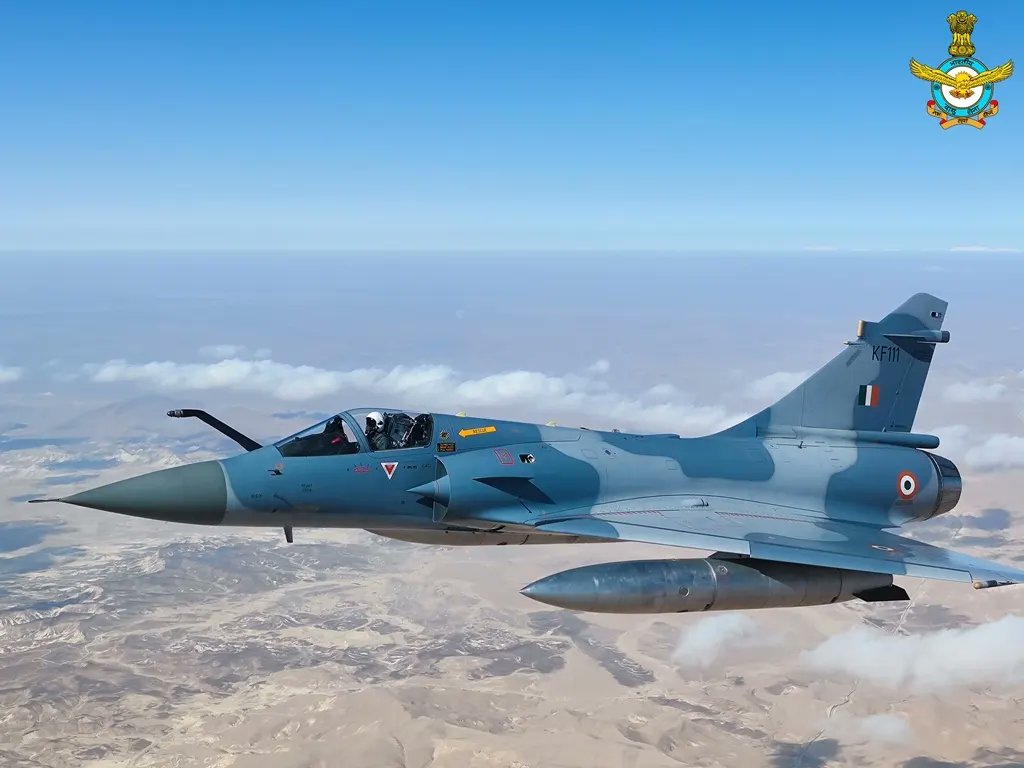
In 1985, the IAF purchased 50 fourth-generation Mirage 2000 C and B fighters, with a maintenance agreement that ran out in 2005. In 2015–2016, it entered into another agreement with the French original equipment manufacturer.
Following the reports of this planned purchase, the Indian Air Force received two second-hand Mirage-2000s against tensions with China at the Line of Actual Control.
The aging aircraft is undoubtedly inching towards the end of its life, which is perhaps why air forces around the world are doing away with this fighter that otherwise has a proven combat record during the prime of its life. However, it may be time for a relook and a potential modernization to take on the challenges of the present and the ever-changing battlefield.
- Co-Authored By Aerospace and Defence Analyst Girish Linganna and ET Journalist Sakshi Tiwari
- Contact the author (s) at sakshi.tiwari9555@gmail.com and girish@addengineering.co.in
- Follow EurAsian Times on Google News




